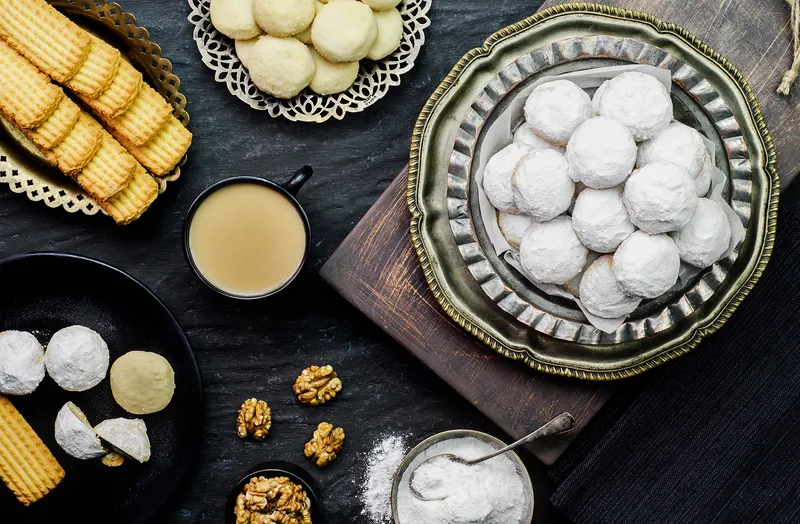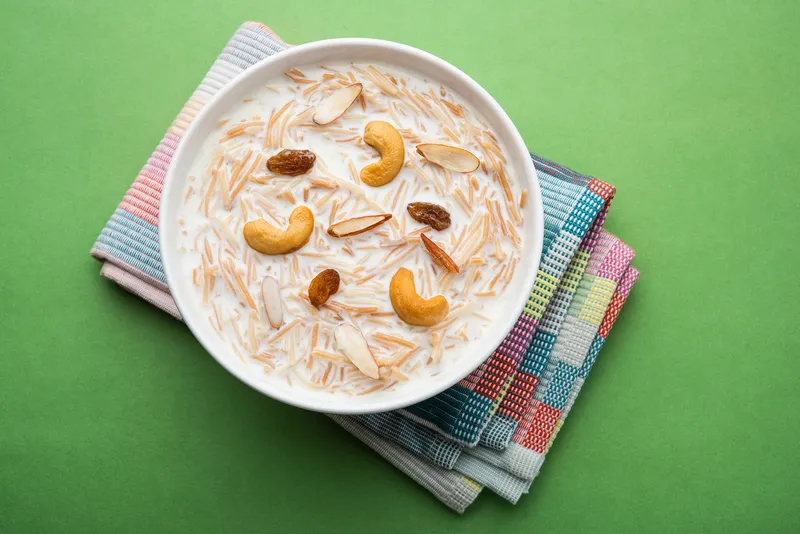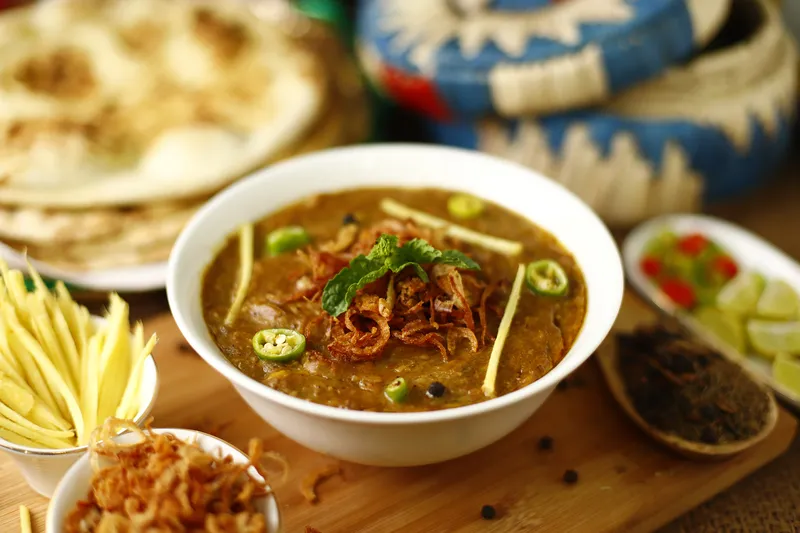Eid beyond haleem and biryani
As we celebrate Eid-al-Fitr, we take a look at some of the celebratory dishes that are part of Muslim households across the country.
For Shaista Khan, a 37-year-old seamstress from Mumbai, Eid is when yakhni pulao (a dish made with rice, chicken or mutton, and spices) and keema kaleji (mince mutton and liver) are painstakingly prepared by her ammi (mother) and nani (grandmother). Unsurprisingly, she waits for the festival every year to relish these delicacies.
“Both my mum and grandma start preparing for the Eid feast on chand raat (moon sighting), the day before the festival. The kitchen becomes the centrepiece of our home on Eid; there's something or the other being constantly prepared from morning until evening. It's a practice I have seen in my childhood that continues even now,” she tells YS Life.
It's not just at the Khan household where the aroma of fried foods and sweetmeats wafts through the air on the day of the festival. Feasting is a common scenario in most Muslim households–whether it’s the iftar (the fast-breaking evening meal) during Ramadan or the lavish spread whipped up to culminate the end of the fasting month, on Eid-al-Fitr (also known as Meethi Eid).

Everything from pakoras to patties, meat-based gravies to biryani feature on the menu. Besides these foods, there are also several regional specialities that are characteristic to certain states.
We dive deep into some of these food trends on Eid.
Starting on a sweet note
There’s nothing more precious than breakfast on Eid.
“From halwa poori to aloo ki tarkari and sheer khurma (a vermicelli pudding), everything is served for breakfast. It’s one of our biggest meals and sets the tone for the day ahead,” reveals Mohammad Salman, a 40-year-old management professional from Bengaluru.
Chef and author Taiyaba Ali, who belongs to Lucknow, remembers her family starting their day with seviyan made in milk, a sweet dish that’s starkly different from sheer khurma.
“We would have doodh wali seviyan which is really simple; it has a little bit of cardamom for flavour and sugar. Everyone has their own way of making seviyan; my mum makes a dry and sweet version, some have it with each thread apart. Some make it a lot sweeter,” she elaborates.

Doodh wali seviyan | Image source: Shutterstock
Every Eid has its own religious and cultural significance. Meethi Eid, as the name signifies, encourages Muslims to start the day with something sweet.
Salman recalls, “Until a few years ago, we would also enjoy shahi tukda, laddoos, gulab jamuns and even chocolates for breakfast. However, the last four to five years have been a little different with fewer sweets since my parents suffer from certain health challenges. But that hasn’t brought down the celebratory spirit.”
Regional specialities
At Ali’s house, there is an influence of Awadhi culture that permeates into the food prepared at home. She shares that galawat ke kebabs and boti kebabs, which are essentially small pieces of mutton cooked in a semi-dry gravy that has poppy seeds, dry red chilli, and coconut, are relished with sheermal, a saffron-flavoured traditional flatbread.
“There’s also kiwami seviyan that is garnished with a lot of dry fruits but the local way of eating is with balai that has the nuttiness of clotted cream,” explains Ali.
Her home also had many visitors from non-Muslim families. So, vegetarian fare was also common on the menu.

Haleem | Image source: Shutterstock
“Dahi vada made with urad dal was always there. Chole and puri were also celebratory Eid dishes for us,” Ali recalls.
“Muslims in Lucknow do not eat a lot of chana or rajma at home, like how Punjabi families do. These are one-off meals for us that we always look forward to during Eid,” she adds.
In South India, Muslims often indulge in jaalar vada (lattice patterned pancakes), and wattalapam, a coconut custard pudding made of coconut or condensed milk, jaggery, cashew nuts, eggs, and some spices including cardamom, cloves and nutmeg.
“There's also dum adai, a cookie that is made from semolina, coconut milk, ghee, powdered sugar, cardamom and dry fruits. While it is characteristic to Muslim households down south, not too many people make it today since the process is a little tedious,” says Pooja George Zafar, a homemaker from Madurai.
In Muslim households in Maharashtra, Eid is also about khichda, a rich and hearty stew akin to haleem (a type of stew) that is slow-cooked to perfection with lentils, wheat and tender meat to nurture the soul after the fasting month of Ramadan.
“Besides, we’ve got sweet treats like malpua, pancakes that we can’t get enough of. Another dish we really enjoy is sabudana kheer, a creamy pudding made with pearl sago,” says Mehab Q, a journalist based in Pune.
Side dishes like baghaar-e-baingan, a tangy and spicy eggplant dish, also make it to the menu.
“Everyone also looks forward to phirni, a rice custard flavoured with cardamom,” adds Mehab.
The last word
On the flip side, Eid menus featuring biryani and kebabs don’t get people as excited as before, notes Chef Ali.
“That’s also because previously these dishes were only prepared on Eid. Today, you eat them multiple times during Ramadan, either at your own home or people give it to us. That’s probably why the excitement around it has decreased,” she adds.
However, the spirit of Eid remains intact. It is all about savouring different foods in the company of loved ones to culminate the month of Ramadan that’s observed for reflection and worship.
Eid Mubarak!
Edited by Swetha Kannan







